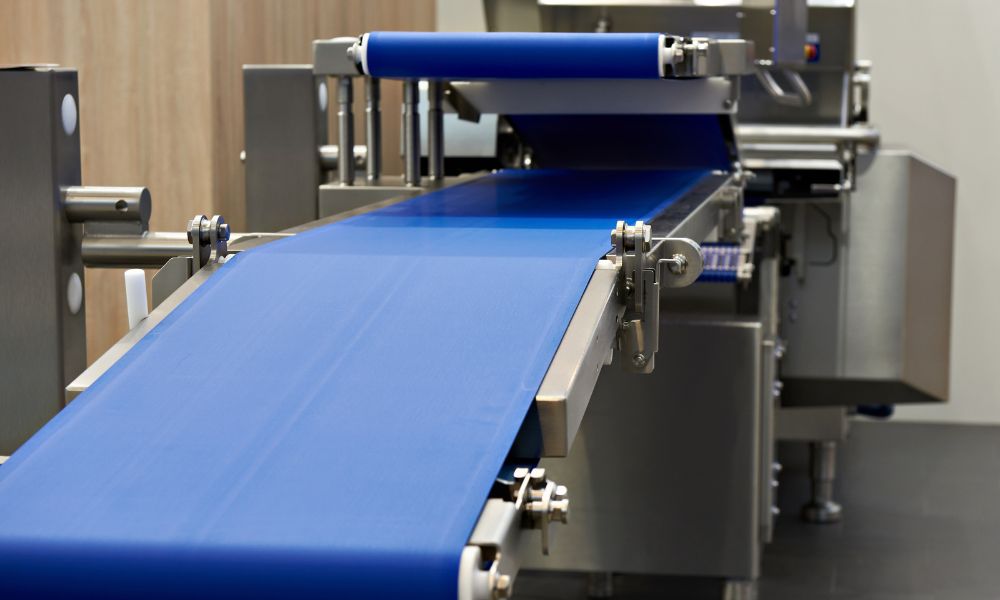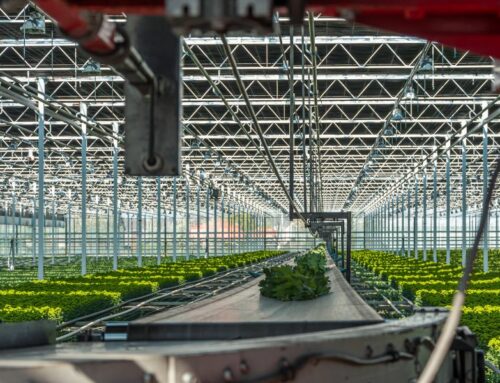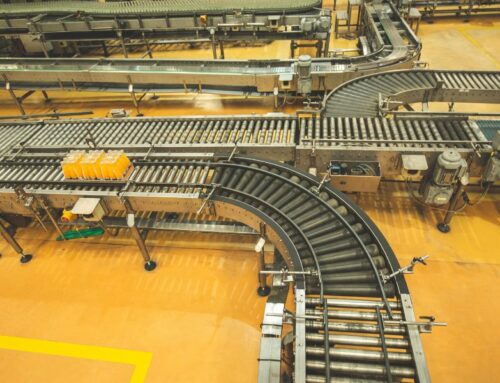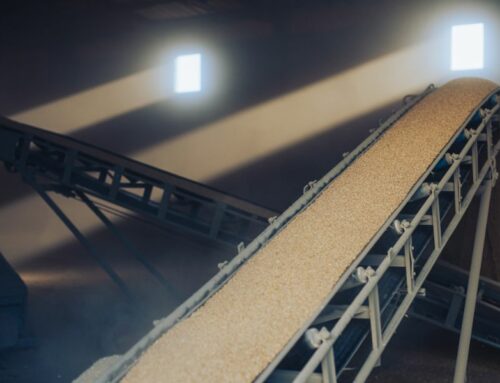
Belt conveyors are a critical component in the manufacturing and distribution sectors, efficiently transporting materials from one stage of production or storage to another. Despite their utility, these systems face wear and tear due to continuous use, potentially leading to costly downtime and repairs. It’s essential to adopt proactive maintenance strategies to mitigate these challenges and extend the operational life of your belt conveyor.
Let’s look at ways to extend the life of your belt conveyor and keep your operations running smoothly.
Regular Inspections
Regular inspections are vital to keeping belt conveyors in good condition. During these checks, you should look for signs of wear and tear on the belts and any other components, such as idlers, pulleys, and bearings. Routine inspections can help identify potential problems early on, preventing them from worsening and causing costly downtime. A good recommendation is to have a checklist for inspections, as this will ensure you thoroughly check all components and note and address any issues promptly.
Proper Lubrication
Lubrication is crucial for maintaining the smooth operation of a belt conveyor. The system’s moving parts, such as bearings, rollers, and chains, require regular lubrication to reduce friction and prevent premature wear. However, using the right type of lubricant is essential, as using the wrong one can cause more harm than good. It’s best to consult a professional or refer to the manufacturer’s recommendations for the appropriate lubricant for your conveyor system.
Cleaning and Removal of Debris
Over time, dust, dirt, and other debris can accumulate on the belt and other components of a conveyor system, causing it to malfunction. Regular cleaning and debris removal are necessary to prevent these issues and extend the life of your conveyor. Additionally, the buildup of debris can increase the risk of fire hazards, making it crucial to have proper maintenance protocols in place.
Belt Tension Management
Proper tensioning is essential for the smooth operation of a belt conveyor. Over-tensioning can cause excessive strain on the belts and other components, leading to premature wear. On the other hand, under-tensioning can result in slippage and poor performance. It’s crucial to regularly check the belts’ tension and make necessary adjustments to ensure optimal performance and longevity.
Training for Operators
The operators of a belt conveyor play a crucial role in its proper functioning and maintenance. Providing them with adequate training on operating, maintaining, and troubleshooting the system can help identify potential problems early on and prevent costly mistakes. Proper training also increases the efficiency of your operations, reducing downtime and increasing the lifespan of your conveyor.
Regular inspections, proper lubrication, cleaning and debris removal, belt tension management, and providing training for operators are all essential factors in extending the life of your belt conveyor. By implementing these strategies and staying proactive about maintenance, you can keep your system running smoothly and avoid costly repairs or replacements.
If you need portable conveyor systems to transport materials from one location to another, Redline Systems can provide high-quality, durable solutions. Contact us to learn more about our products and services today.



